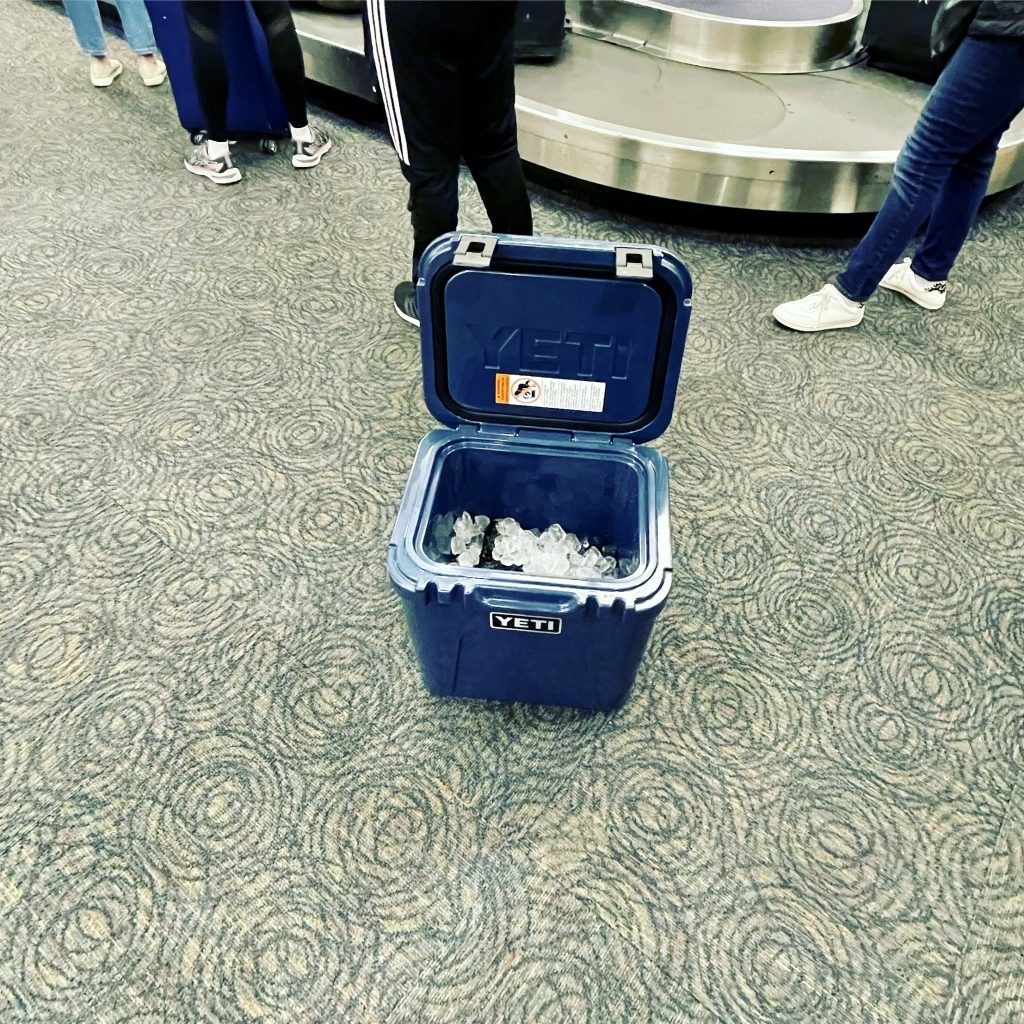A Landscape as Unique as the Turkeys that Inhabit It
After seemingly countless flight delays and cancellations — which also included departing, plane mechanical failure, circling around Dallas for nearly three hours to burn fuel (only to land right back in Dallas), ultimately culminating in a total of 54 hours of travel — I had plenty of time to reflect on an incredible experience hunting wild turkeys on a landscape that should be on every hunter’s bucket list.
Located in the heart of the state’s scenic sandhills, Goose Creek Outfitters in Elsmere, Nebraska, allows guests to hunt Merriam’s and Merriam’s-Rio Grande hybrids, among other game species, in some of the most unsullied country in the lower 48.
Owner and guide of Goose Creek Outfitters, Scott Fink, has a long-established history in these rolling grassy dunes. His great-grandfather settled in the area almost 120 years ago, taking advantage of the Kincaid Act, and created the foundation for what is now a multi-generational cattle ranching operation. (Josh Dahlke chronicles this unique history). Today, Fink is as passionate about sharing the landscape and its natural resources with others as his lineage is rooted in it. A passionate hunting guide and a camp full of turkey enthusiasts set the stage for a week of chasing gobblers, discussing conservation and taking in the remote beauty of the sandhills.
Despite all the amenities and lodging Goose Creek offers, we set up a wall-tent camp in a thicket between two cattle pastures. Sometimes it’s nice to rough it, if a heated White Duck Outdoors tent filled with Camp Chef grills can be considered roughing it.
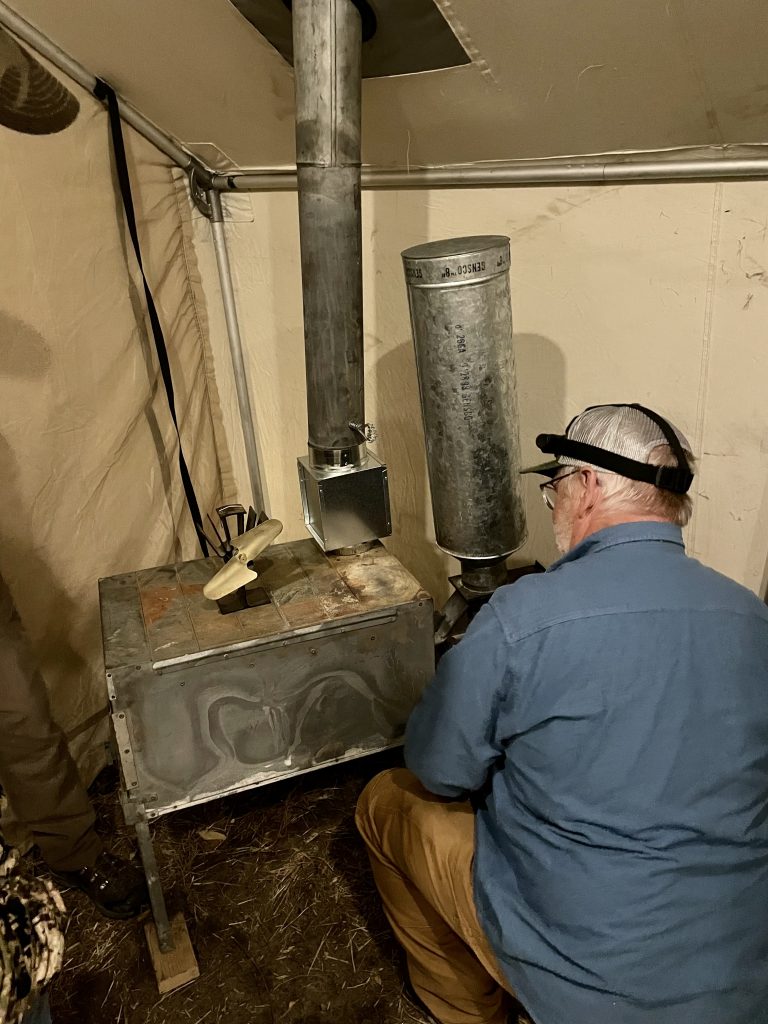
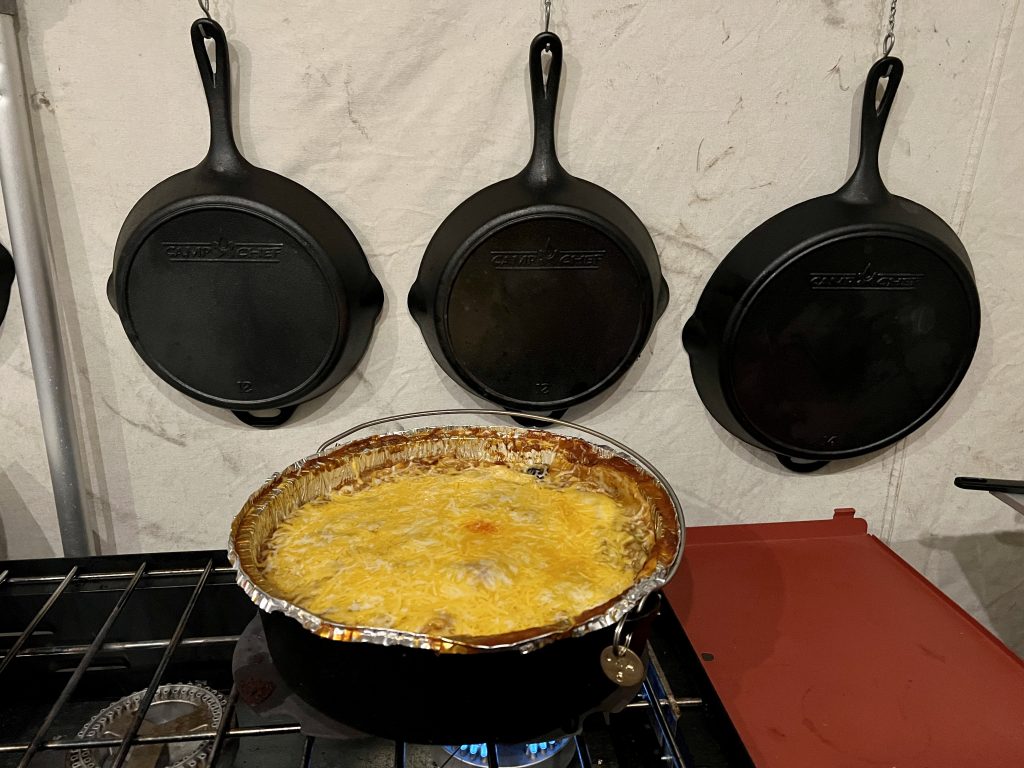
Everyone was itching to get after some birds. For instance, before I could even finish setting up my tent, I had a Benelli Super Black Eagle 3 on my side, a pocket full of Federal Premium Heavyweight TSS, and we were barreling to a spot Fink had seen birds recently.
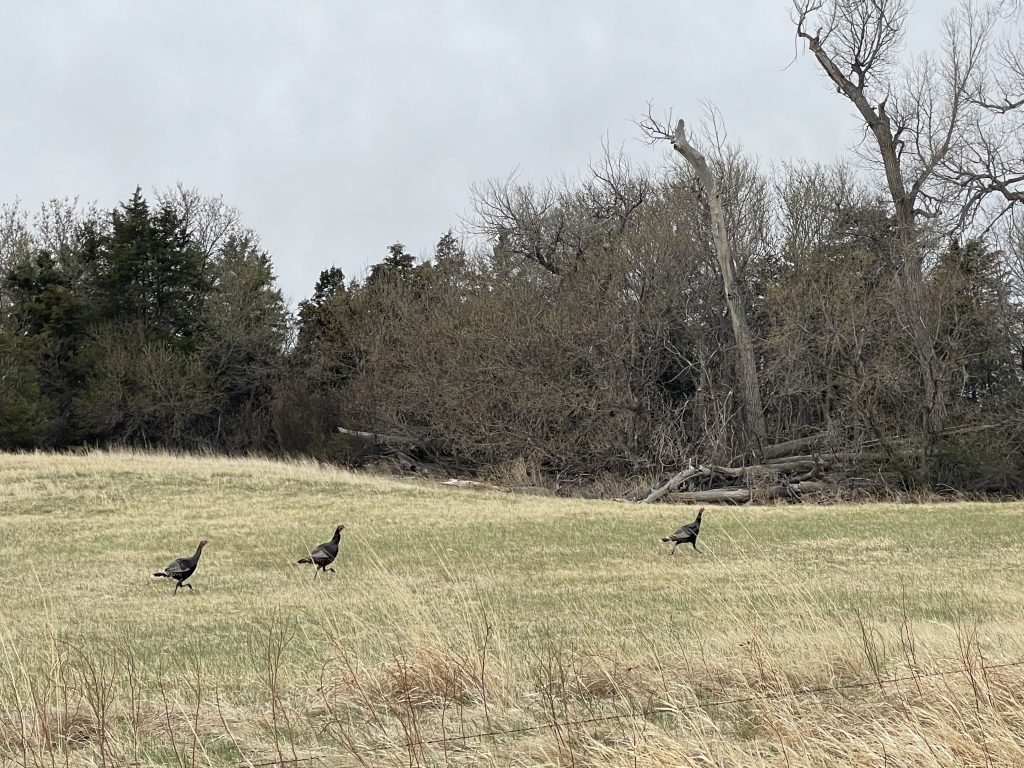
We arrived at a generous landowner’s farm and set up on a hedgerow of a pasture, trying to spark a tom’s interest that we could hear gobbling now and again in the distance.
With wide-open pastures peppered with long thicketed hedgerows, glassing and ranging might be the best tools for hunting in the sandhills. Luckily I had Maven’s B1.2 binos (selected as Outdoor Life’s best overall binocular for 2022), as well as the company’s RF.1 rangefinder. I was able to take in the beauty of the scenery through crystal-clear optics.
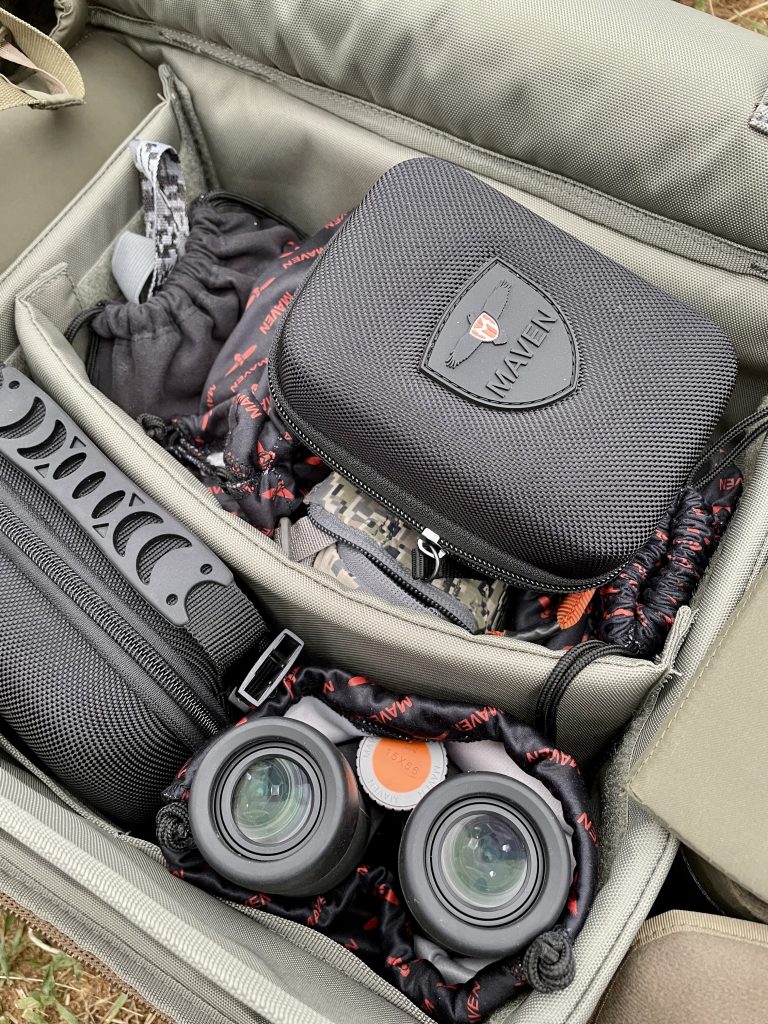
I spied a flock of birds at about 120 yards bugging around, including a dominant male strutting and gobbling here and there. Fink, J.J. Reich (Federal Ammunition media relations extraordinaire) and I took turns orchestrating a medley of Primos’ diaphragm, slate and box calls, interspersed with cows contributing a moo here and there. The tom was responsive but not quite interested enough to leave his ladies.
Leaned up on a mature cottonwood, woven into some briars and bush, facing the flock, I was stiffly positioned to shoot in their direction.
“Bird,” J.J. whispered as loudly as one can whisper.
To my far right, a strutter sauntered toward us; this unknown bird was responsive and interested. He was so close when he emerged out of thin air that I couldn’t range him without fear of being seen. Even worse, I was far from being positioned to shoot in his direction. He was now at what I would guess was 12 yards.
Heart pumping, I swiftly repositioned, shouldered the shotgun as quickly as possible and, luckily, harvested my first Nebraska turkey at about 10 yards.
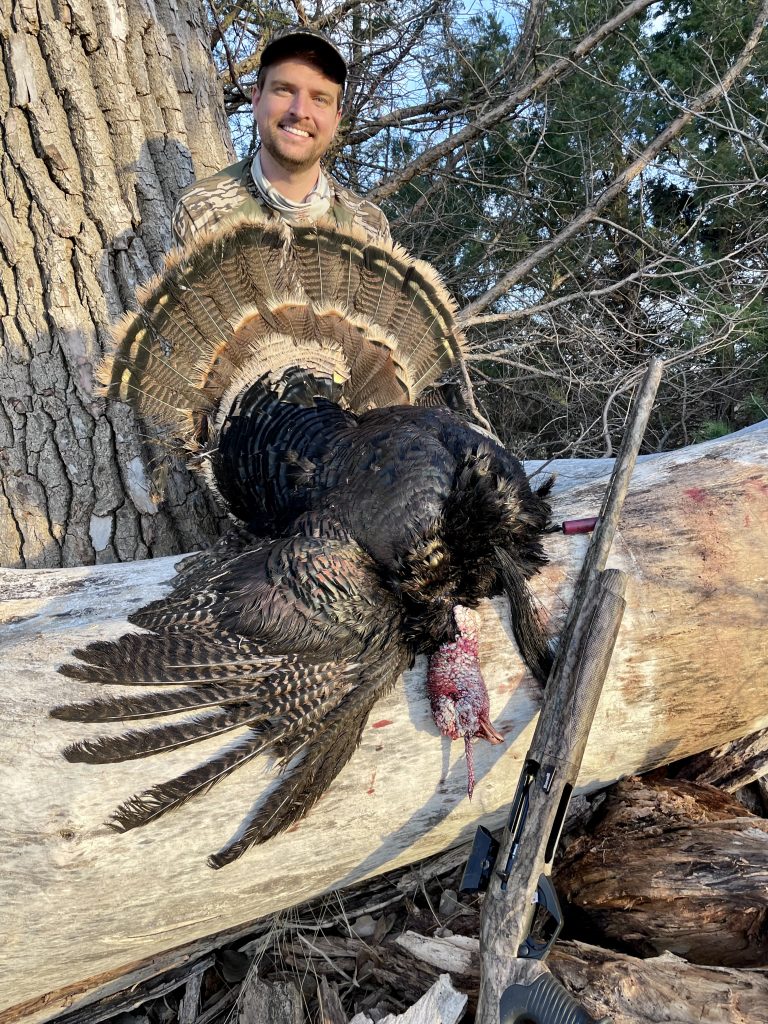
We admired the bird’s plumage, identifying it as a Merriam’s-Rio hybrid, and discussed how tail fans can vary in color in the area. Nebraska contains three subspecies of wild turkey, including the Merriam’s, Rio-Grande and the Eastern, and many hybrid birds that are to some degree a mixture of all.
Wild turkey restoration began in Nebraska with the release of Merriam’s turkeys from Wyoming and South Dakota in 1959. A couple years later, hundreds of Rio Grande/domestic hybrid birds were released in the central and south-central portions of Nebraska. While this attempt was far from a success, a population of these “Rios” took hold in the southeastern portion of the state. And to “further tangle the branches of Nebraska’s wild-turkey family tree,” as Brad Fitzpatrick says in his article on the genealogy of Nebraska’s turkeys, Eastern wild turkeys were eventually released in the southeastern portion of the state. Since those restoration efforts, wild turkeys in Nebraska thrived and intermingled, blurring the lines of Merriam’s and Rio Grande.
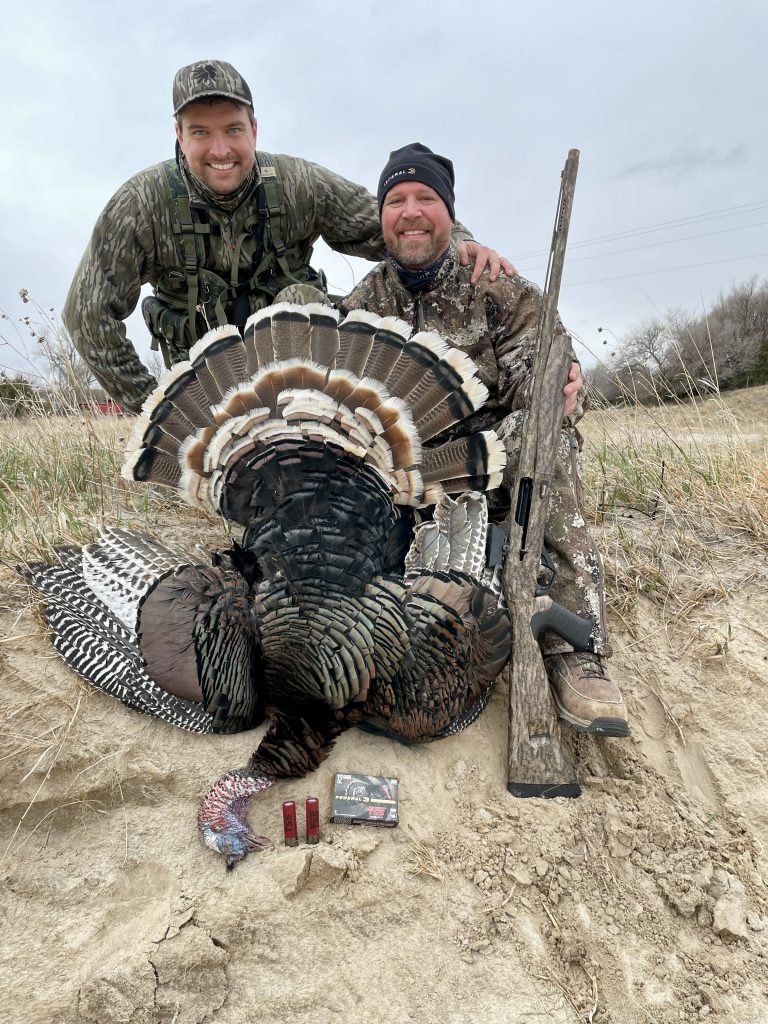
Regardless of subspecies, immersing myself in this landscape and getting the privilege of harvesting this awesome resource only furthered the notion of conserving it, something the NWTF is actively engaged in.
In Nebraska, populations have declined about 45% since wild turkey numbers peaked around 2009.
Nebraska Game and Parks Commission is currently conducting the state's most significant wild turkey research project. The agency is contributing nearly $2 million to understanding the declines and perpetuating the future of our favorite game bird. This project is funded, in part, by the NWTF Nebraska State Chapter.
“This research will be the first of its kind in Nebraska,” said Andrew Little, assistant professor in the School of Natural Resources at Nebraska and co-lead on the project. “Nebraska is considered a destination wild turkey hunting state for many resident and non-resident hunters. With recent evidence of general population declines from Nebraska Game and Parks biologists and many other states across the U.S., now is the time to improve our understanding of wild turkey populations. This research will ensure the Nebraska Game and Parks Commission and landowners across Nebraska have the most current information to make informed land management decisions for wild turkey populations.”
In addition to the research, the NWTF Nebraska State Chapter is allocating funds to a variety of projects in 2023, including purchasing prescribed burning equipment, projects focused on removing invasive species, funding for NWTF’s Waterways for Wildlife Initiative and more. NWTF contributions will be matched with more than $4.7 million in partner funds. It’s safe to say the conservation organization is working hard to keep the Cornhusker State a haven for wild turkeys.
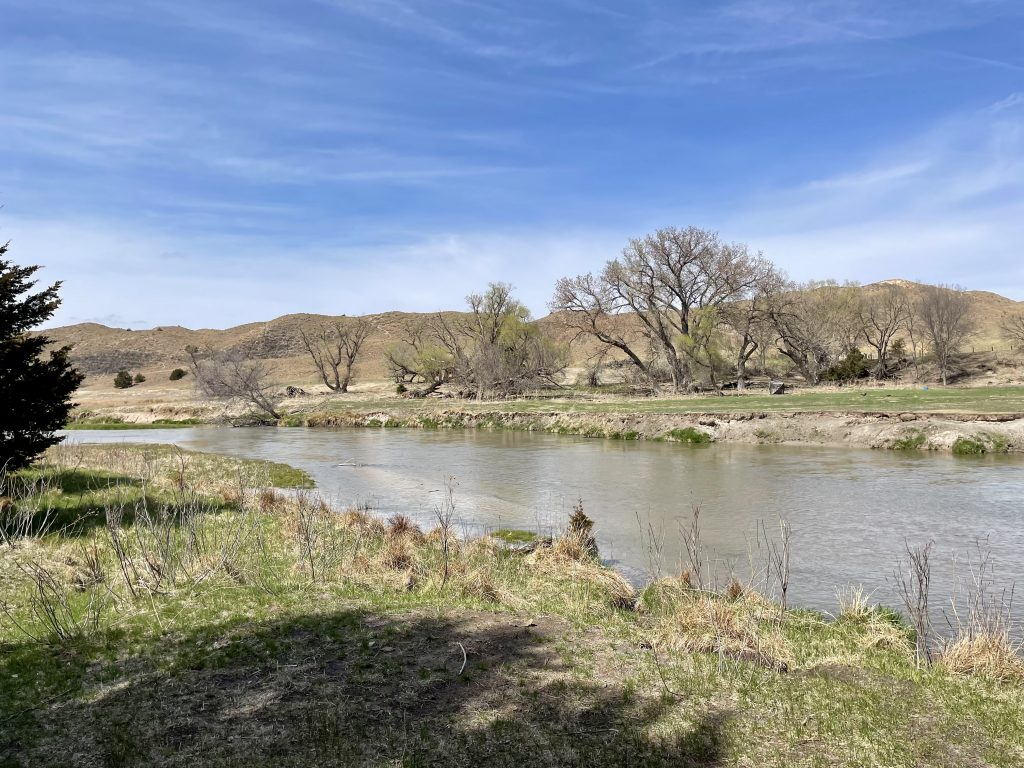
After my 54-hour, flight-afflicted journey to arrive in my home state, I was happy to be mere minutes away from my bed, but I was even more happy to find my turkey meat still frozen solid and ready to be transformed into a delicious meal. The subspecies was secondary.
